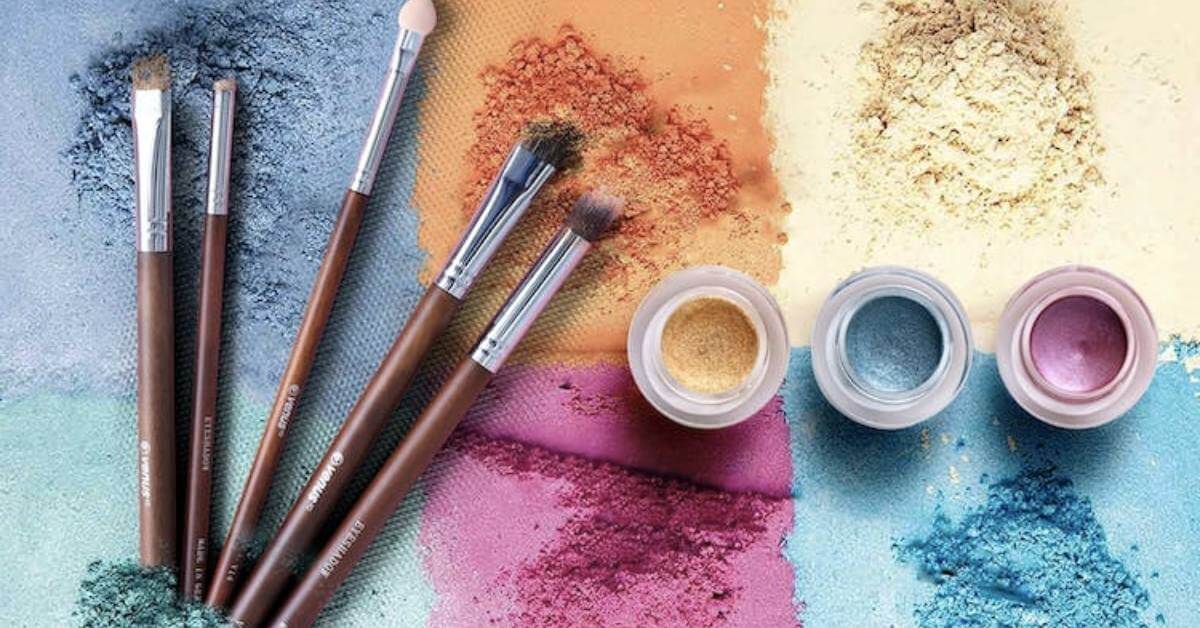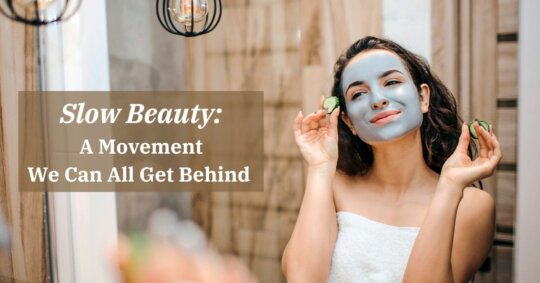Let’s paint a picture. It’s Saturday night, and you have a dinner date planned. You are slaying in that perfect OOTN, and now it’s time for your makeup. Cosmetics that are meant to boost your confidence while keeping your skin protected.

But are the products that are supposed to make you look the best worth putting on your skin? Not all of them. From lead to petroleum to endocrine-disrupting plastics, most cosmetics contain chemicals that give us desired red shade of lipstick that is not worth putting on.
This is why knowing if the pigment in your cosmetics is safe or not matters the most.
In recent years, it’s become quite clear that more and more consumers are looking for makeup products made with clean ingredients. And brands are actually listening!

There are clean beauty marketplaces like Credo and The Detox Market, giving you a plethora of options – from plain nudes to bright hues. You will find all the clean ingredients your skin truly deserves.
Yes, even bright pigments that make your skin shine and glow can be made using clean ingredients.
Below we have discussed everything about pigments in cosmetics so that you can make your clean, conscious choices.
What are pigments in cosmetics?
Pigments add color to your makeup. It is the fine, loose powder and the main ingredient in your eyeshadow, lip products, and blush.
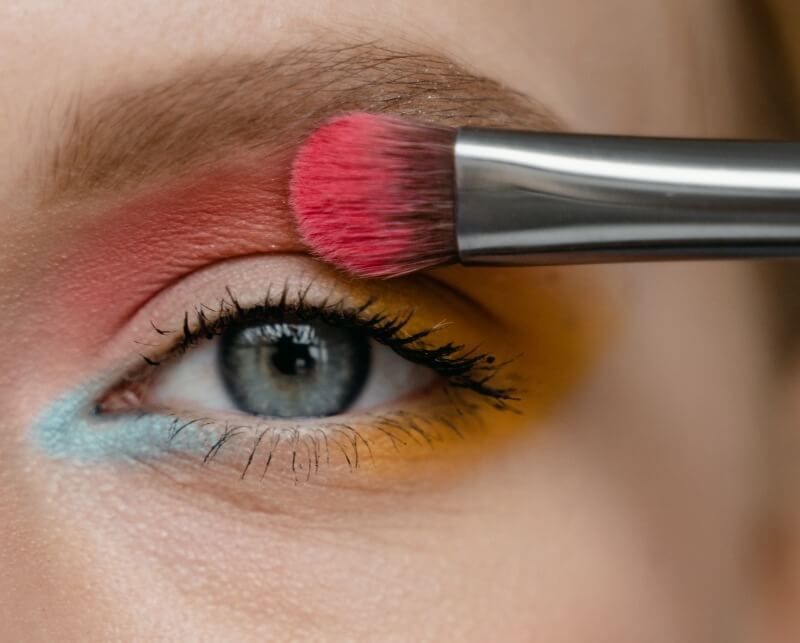
Pigments in cosmetics have been a part of human culture for centuries. It dates back to ancient Egyptians and Sumerians, who came up with techniques to produce makeup.
They used clay, semi-precious stones, paprika, turmeric, seaweed extract, and many other natural materials to make an array of bright colors.
Over the years, the materials that are used to add colors to makeup have changed. It was during the 1800s that we saw the rise of dangerous concoctions of lead and copper.
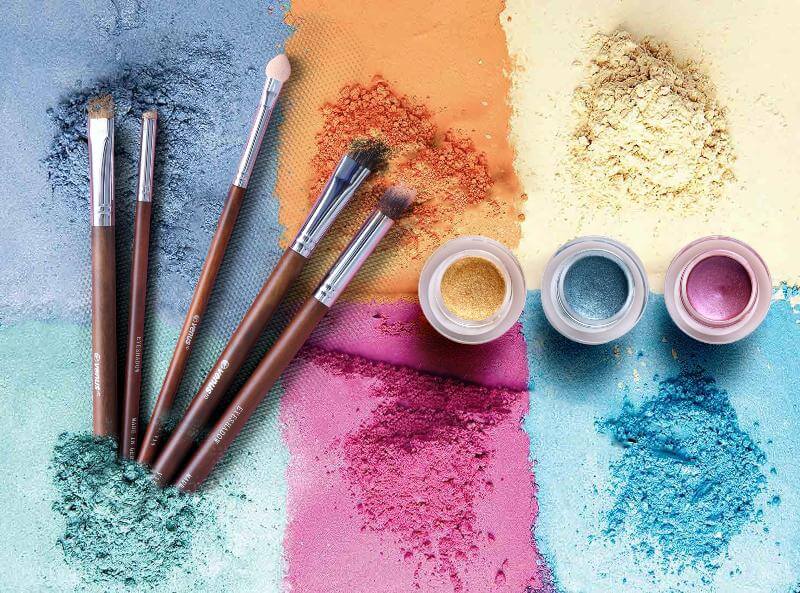
In the 1900s, coal tar dyes got popular and are now regulated. However, even with this evolution, many dyes and pigments still contain toxic materials like heavy metals.
Today, most of the pigments found in cosmetics are loaded with heavy metals and toxic ingredients, making them harmful to use. However, a few of the pigment ingredients are safe to add to cosmetics if used in lower amounts.
Types of pigments in cosmetics
Colors in your cosmetics are divided into two categories – organic and inorganic.
Organic here is not as same as organic ingredients used in foods. Organic cosmetic colorants refer to the chemical structure of the colorant that has carbon atoms in it.
These two categories are further classified into dyes and pigments. Dyes are organic dyes. Whereas organic lakes, botanicals, and inorganic mineral compounds are called pigments.
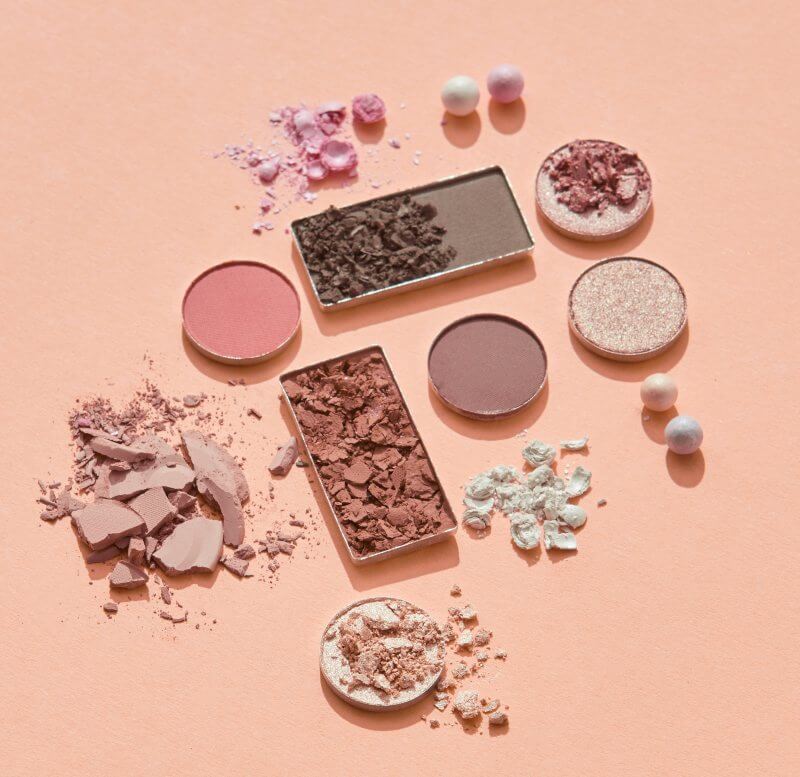
In the world of cosmetic colorant additives, what differentiates a dye from a pigment is its solubility. Dyes are soluble in water, while pigments are oil dispersible.
Another type of colorant in makeup is lakes. Lake pigments are made by reacting a dye with an inert binder (usually a metallic salt).
Most lakes are produced from FD&C colors. This is because lakes generally work well in cosmetics. But unfortunately, they have the same health consequences that synthetic dyes do.
Are pigments and organic dyes safe?
As the name suggests, organic dyes are not at all what they sound like. Instead, they are synthetically created from chemically refined petroleum oil or coal-tar derivatives that contain toxic heavy metals.
And the worst part? These organic dyes are legal and typically labeled with ‘FD&C’ OR ‘D&C’ (Certified FD&C colors have been approved for use in food, drugs, and cosmetics; D&C for drugs and cosmetics, but not in food.)
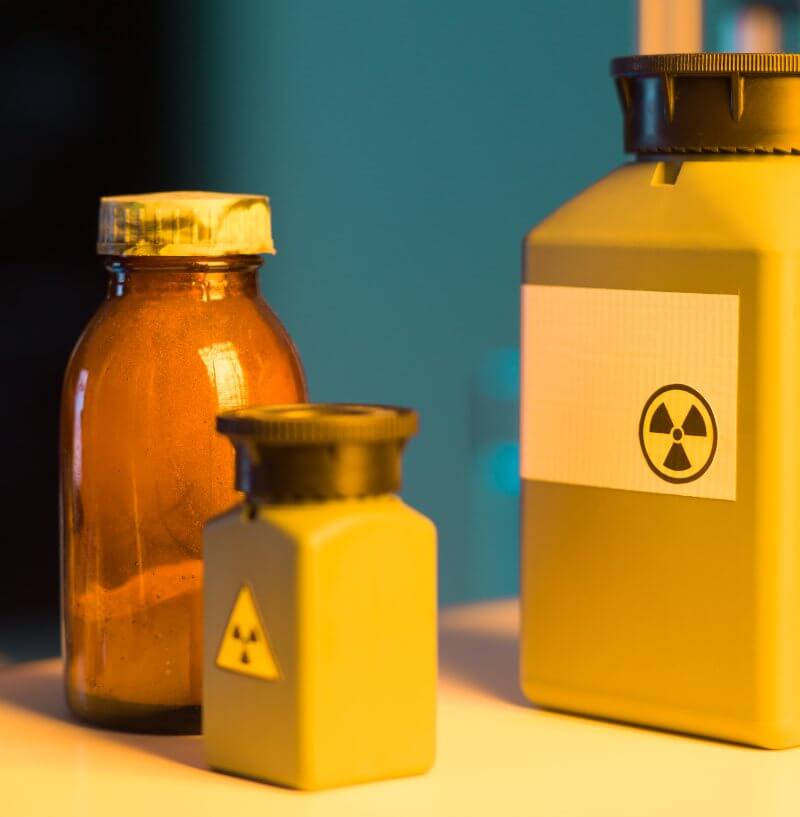
The Federal Food, Drug, and Cosmetic Act were passed in the 1930s to regulate potentially harmful ingredients in products sold within the U.S. Unfortunately, the guidelines being relatively loose, help remove only a few of the extremely toxic dyes.
The truth is that lots of FD&C-certified dyes are still highly toxic; they are allowed to add low levels of lead and other heavy metals into products, which are extremely unsafe for you.
Over time, these heavy metals accumulate in your body and cause severe health problems. Some of the risks include allergies, cancer, memory loss, muscle disorder, reproductive and developmental disorder, neurological problems, and mood swings. And unfortunately, this list goes on and on.
Toxic pigments in cosmetics to avoid
Listed below are some pigments in makeup that are a big NO-NO!
1. Carbon Black
Steer clear of this ingredient. Carbon black is classified as a possible human carcinogen. As a result, the FDA has banned carbon black from being used in cosmetics, especially for eye products.
2. Guanine
This colorant is derived from the scales of fish. It is used in many cosmetics to create a shimmery, iridescent effect.
3. Certain Lakes

As mentioned above, lakes carry the same side effects found in synthetic dyes. However, there are certain ‘lakes’ that you should absolutely avoid. They are:
- Orange 5 Lake (CI 45370)
- Red 6 Lake (CI 15850)
- Red 7 Lake (CI 15850)
- Yellow 5 Lake (CI 19140)
- Red 21 Lake (CI 45380)
- Red 27 Lake (CI 45410)
- Yellow 6 Lake (CI 15985)
- Red 30 Lake (CI 73360)
- Red 33 Lake (CI 17200)
- Blue 1 Lake (CI 42090)
4. Resorcinol
This is mainly found in hair dyes. Resorcinol is used as a fragrance and colorant ingredient. While buying makeup, look out for resorcinol, 1,3-benzenediol, resorcin, 1,3- dihydroxybenzene (m-hydroxybenze, m-dihydroxy phenol).
5. Carmine
This one is mostly found in your bold red lipsticks, nail polish, and eye makeup. Carmine is a vibrant red pigment obtained by crushing up and boiling female cochineal insects, i.e., beetles.
What are the alternatives to these toxic dyes and pigments?
Ingredients such as mica, oxides, ultramarines, and zinc stearate are considered low risk in toxicity. Among these, mica is the most commonly used clean pigment. However, how these ingredients are sourced matters as well.
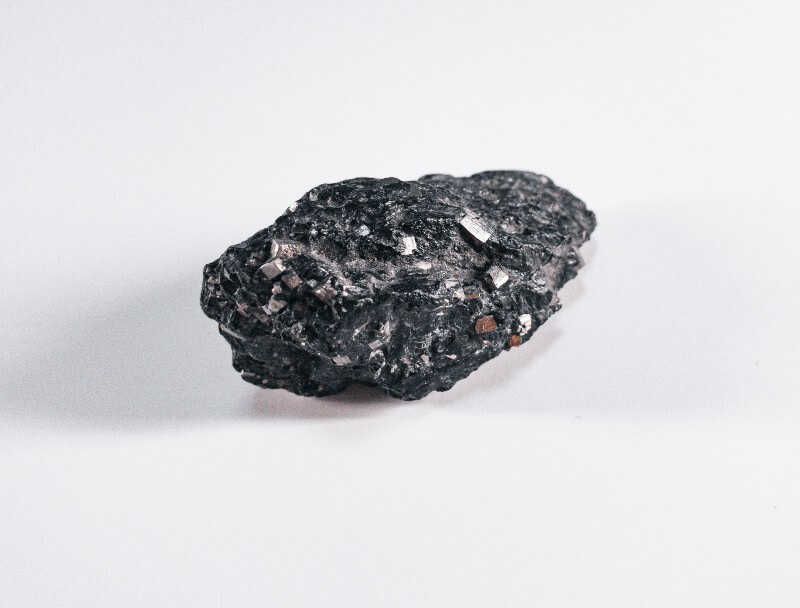
Fruit and food pigments are another type of natural colorant. Unfortunately, such botanical pigments don’t set well in makeup products. That being said, plant-based pigments are not used in many cosmetics.

As we mentioned, many brands today are listening to our demands for clean and safe makeup. Brands like Axiology, Beauty Counter, and Róen Beauty have nailed how to produce clean makeup products with clean pigments.
Are mineral pigments ethical?
The healthiest pigment options, mineral compounds are naturally occurring minerals. Mica, the most used mineral pigment, is exported from India, China, Madagascar, South Africa, and Brazil.
Related article: What Is Mica? Is It Good Or Bad For The Planet?
Mining in these countries is mostly associated with child labor. Moreover, the miners exposed to these minerals for a long period of time suffer from health problems like fibrosis.
Another solution is synthetic mica, a human-made substance commonly used in glitter. Synthetic mica is made of natural materials and doesn’t release microplastics.
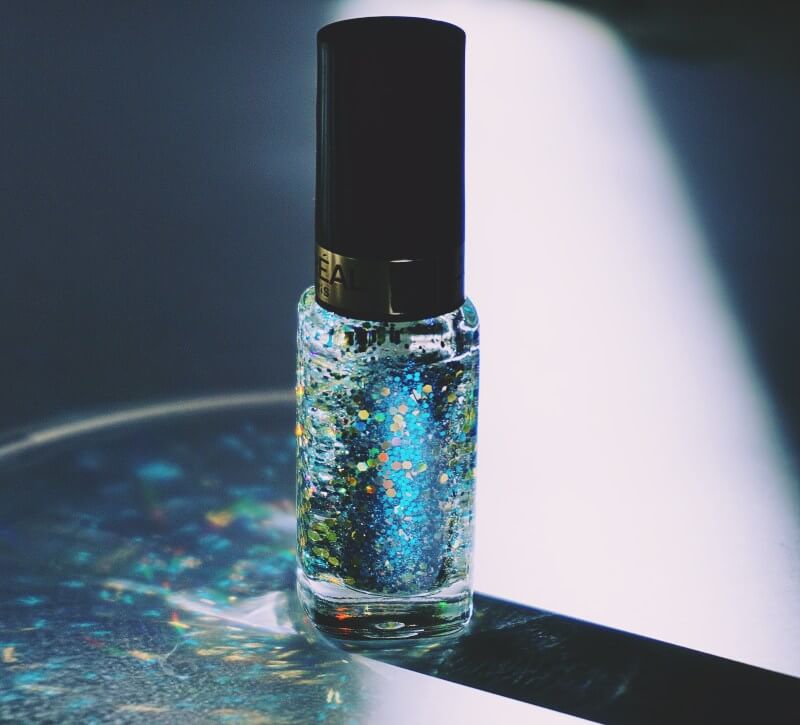
Fortunately, brands are now sourcing their raw materials from ethical mines, with supply chain transparency, traceability, no child labor, and better working conditions for the miners.
Brands such as Lush, Elate Cosmetics, and RMS Beauty include ethically sourced mica in their cosmetics.
In conclusion
The harsh reality is all the pigments in cosmetics are toxic on some level. However, mineral pigments like mica are clean and safe to use in lesser amounts. It’s important to remember that using a clean beauty product totally depends on what ingredients a sustainable beauty user feels comfortable with, which is different for every individual.
It is all about personal decisions and preferences on what ingredients you want to choose and which to avoid.
Thankfully, with brands now becoming more conscious of the ingredients they use in their products; clean and safe makeup is now more accessible than ever. Here is a list of 15 natural and safe makeup brands that are all about clean and bright hues.
Frequently Asked Questions
1. What pigments are used in the foundation?
Titanum oxide (white), red, brown, yellow, and black iron oxides are the five main pigments used in the foundation.
2. Are oxide pigments safe?
Oxide pigments are usually considered safe color additives.
3. What are natural pigments in cosmetics?
Colorants from fruit and vegetable are natural pigments in cosmetics. Even animal-derived pigments like carmine and guanine are natural pigments too. However, being natural, these pigments are not mostly used in cosmetics.
4. What pigments are used in lipsticks
Some of the pigments used in lipstick are iron oxides, titanium dioxide, mica covered in titanium dioxide, and bismuth oxychloride.

